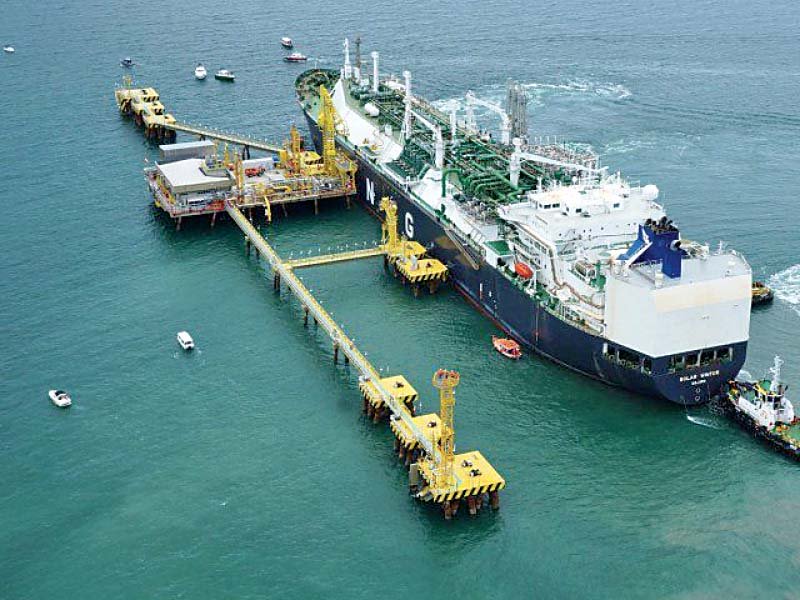
Global crude rates: Prices of petroleum products set to rise by 38.6 per cent
“The Ministry of Petroleum backs restrictions on the installation of imported coal and furnace oil-based power plants, but it wants the government not to slap a ban on developing new LNG-fired power projects,” said a senior government official while talking to The Express Tribune.
LNG plants would produce clean energy in comparison to the electricity generated with the help of coal and furnace oil, the official said.
At present, the government is working on three LNG-based power plants being set up in Punjab to ease energy shortages there. It is also working on a second LNG terminal in Karachi, which will start running before June this year.
This terminal will handle 600 million cubic feet of LNG per day (mmcfd) to cater to the requirement of the three LNG power plants.
After deregulation: CNG price hike goes unchecked
Apart from these, one more power plant with production capacity of 1,200 megawatts is being set up in Muzaffargarh, Punjab.
The government official emphasised that gas power plants were more efficient with over 60% utilisation of generation capacity. Being comparatively cheaper, LNG is an affordable source of electricity generation in Pakistan.
Coal and furnace oil-based power plants are considered to be less efficient and they are also being discouraged around the world.
However, a power ministry official argued that Pakistan would have surplus electricity in 2022 and that was why the ministry was seeking to place curbs on the consumption of imported fuels in electricity generation.
“With the construction of new big and small dams and tapping of vast Thar coal reserves, Pakistan’s reliance on imported fuels could come down drastically,” he remarked.
According to the ministry official, Pakistan’s total power generation capacity stood at 20,857MW in 2016 and with expected addition of 12,267MW by 2018, the capacity will rise to 33,124MW. It will further be enhanced up to 51,694MW by 2022.
Of the present 20,857MW installed capacity, hydroelectric power has a share of 34%, furnace oil 29%, locally produced gas 19%, liquefied natural gas (LNG) 8%, renewable and nuclear energy 5% each.
In 2018, the distribution of energy sources will include 30% for hydroelectric power, 18% for furnace oil, 16% for LNG, 12% for locally produced gas, 10% for imported coal, 8% for renewable energy, 4% for nuclear power and 2% for locally produced coal.
Govt raises petrol, diesel prices
In 2022, hydroelectric power will have a share of 36% in electricity production, furnace oil 12%, LNG 10%, renewable energy 9%, nuclear energy 9%, locally produced gas 8%, local coal 8% and imported coal 8%.
Published in The Express Tribune, February 23rd, 2017.
Like Business on Facebook, follow @TribuneBiz on Twitter to stay informed and join in the conversation.

















1714029027-0/Tribune-Collage-Feature-Images-(11)1714029027-0-270x192.webp)
1714027629-0/Ranbirtransformation-(1)1714027629-0-270x192.webp)
























COMMENTS (3)
Comments are moderated and generally will be posted if they are on-topic and not abusive.
For more information, please see our Comments FAQ